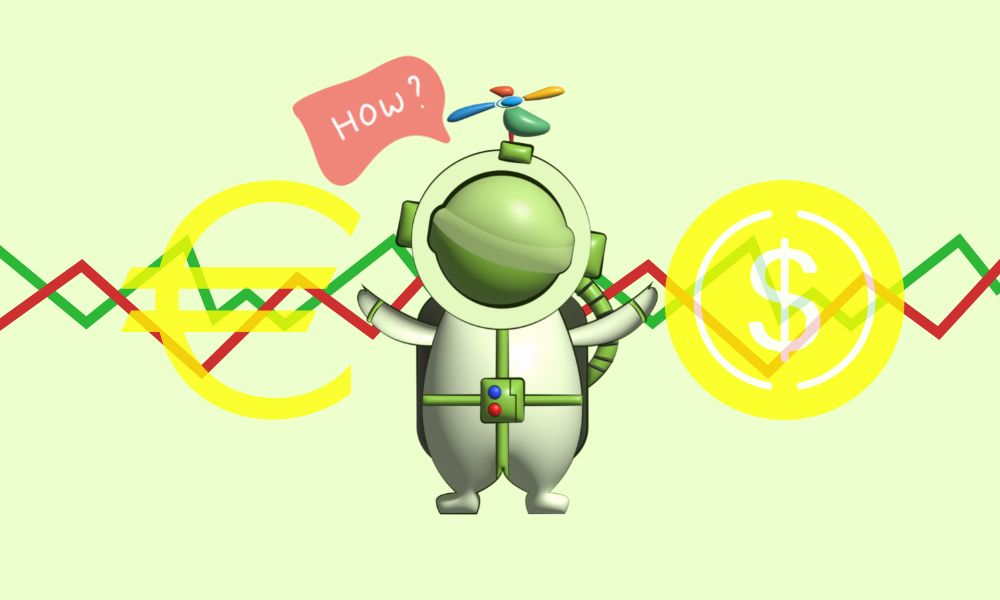
The euro (EUR) and the US dollar (USD), which are the two most important and widely used currencies in the world, account for the largest share of transactions in international finance.
Trading in the Euro to US Dollar (EUR/USD) pair happens frequently and is among the most popular and liquid currency pairings in the world.
Many businesses have offices in both Europe and the United States and conduct business in both regions.
The abundance of economic and financial data on the EUR/USD exchange rate, the diversity of market participants, and the combination of volatility and liquidity in the EUR/USD market are all factors that make trading this pair appealing to both experienced traders and novices.
The EUR/USD has only been around since the turn of the century, but it has already established itself as a trading titan in the forex market.
This widely used common currency for Europe quickly caught on and established itself as the market leader.
Euro trading quickly became a brand-new and promising business opportunity.
The United States Constitution's creation in 1792 gave rise to the dollar, which is, of course, much older.
Since then, the dollar's value has increased significantly, and when combined with the euro, they have established a sort of global standard among traders and investors.
As a result of various political and economic developments, the EUR/USD experienced significant price fluctuations.
Given that interest rates are a significant factor in the movements of the EUR/USD exchange rate, it should not be surprising that investors and traders will closely monitor the European Central Bank (ECB) when making decisions that could influence the direction in which this currency pair will move going forward.
Investors and traders use the ECB's monthly reports on interest rates and the economy as a guide to the direction of upcoming policy decisions and their potential impact on the EUR/USD exchange rate.
The EUR/USD exchange rate can also be impacted by broader economic data, such as total employment figures, which can also be a crucial source of information for traders.
The US Federal Reserve, also known as the Fed, has influence over the US dollar, just like it does with its counterpart.
Eight times a year, the institution publishes the Federal Funds rate and rate statements, which can be used to understand the state of the US economy and how it affects the currency.
The US Bureau of Labor Statistics typically releases its Nonfarm Payroll data on the first Friday of each month.
The EUR/USD pair is frequently volatile due to the US unemployment data. The world's traders and investors keep a close eye on it.
Since the euro to dollar exchange rate is so tightly spread, traders can operate more cheaply.
Due to the high volume of transactions involving this pair, the market is very liquid.
Another factor luring traders to this currency pair is the great trends the EURUSD market has historically experienced across various time frames.
How Do You Trade? When trading the EUR/USD on a day-to-day basis, the times that are typically the most active for the pair are when the London and New York exchanges are open and overlapping (4 hours per day), just before the London session closes for the day.